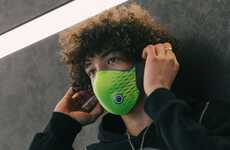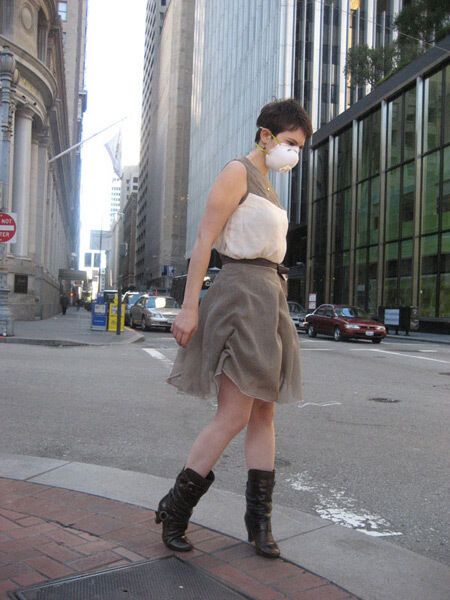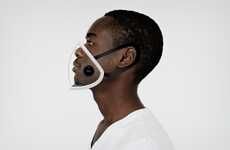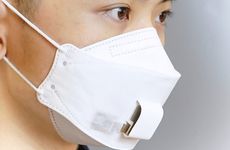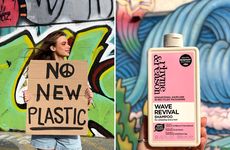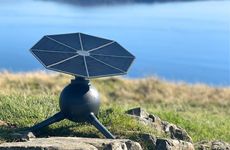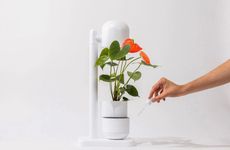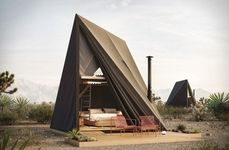
EPA Dress
With increasing pollution in urban communities, it would be great to have clothes that alert you when the air quality gets really poor, allowing you to take precautions to protect yourself.
Designer Stephanie Sandstrom's EPA Dress, which is currently showing at the 2nd Skin Exhibition at San Francisco's Exploratorium, does just that. The smart dress interacts with its surroundings and responds to bad air, which it can detect through integrated sensors, by crumpling up and creating wrinkles.
I think this could be a big hit in Asian countries, where it is pretty common to see people walking around the streets with masks to protect themselves from pollution and diseases. Such fashion choices would be great to let you know when you really need to reach out for that mask.
Designer Stephanie Sandstrom's EPA Dress, which is currently showing at the 2nd Skin Exhibition at San Francisco's Exploratorium, does just that. The smart dress interacts with its surroundings and responds to bad air, which it can detect through integrated sensors, by crumpling up and creating wrinkles.
I think this could be a big hit in Asian countries, where it is pretty common to see people walking around the streets with masks to protect themselves from pollution and diseases. Such fashion choices would be great to let you know when you really need to reach out for that mask.
Trend Themes
1. Smart Fashion - The development of wearables with integrated sensors that can detect air quality presents opportunities for creating more smart clothing items that cater to the public health sector.
2. Sustainability Movement - Integrating interconnected systems into everyday clothing presents opportunities for combining innovation and sustainability to develop fashion items that positively affect the environment and society.
3. Personalized Health Monitoring - The integration of personalized health monitoring systems into clothing can help revolutionize healthcare and promote health for everyone through portable and noninvasive means.
Industry Implications
1. Fashion Industry - The incorporation of air quality-sensing technology into fashion items represents an opportunity for fashion industry players to develop marketable and functional products that cater to the sustainability movement.
2. Healthcare Industry - The healthcare industry can leverage sensor-equipped clothing items to enable portable health monitoring and improve the accuracy of patient diagnosis and treatment through real-time data collection and analysis.
3. Environmental Industry - Sensor-equipped clothing can provide people with insights on the air quality in various environments, allowing them to take steps to reduce pollution and protect the environment via incentives and policies
2.5
Score
Popularity
Activity
Freshness


